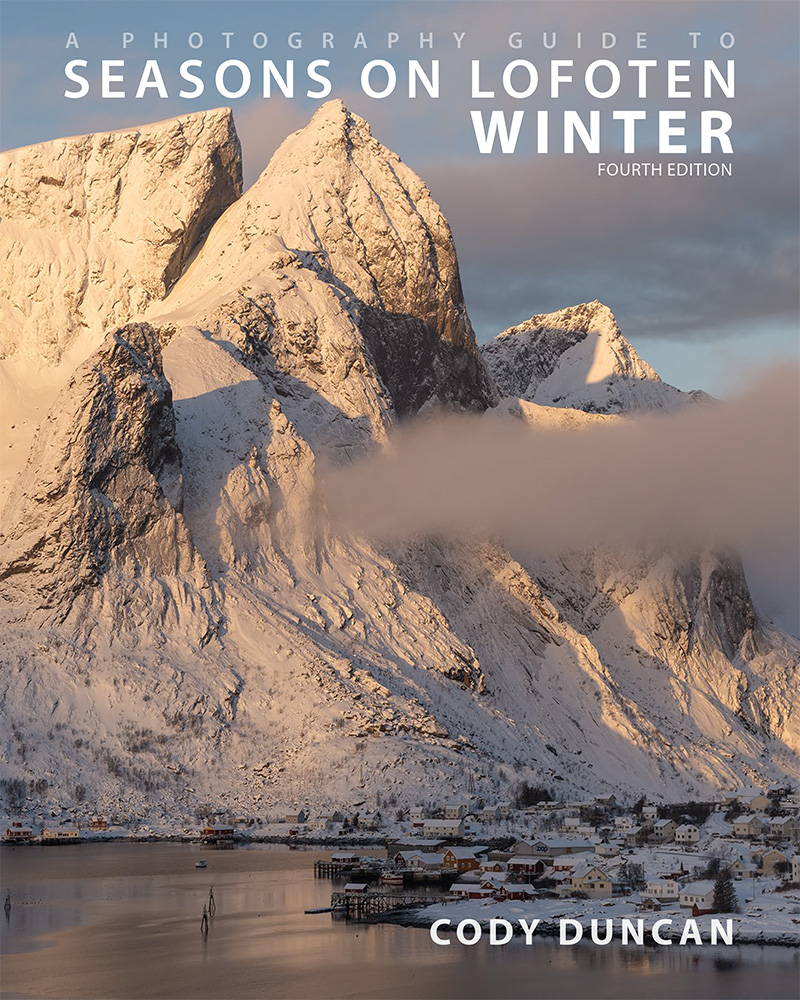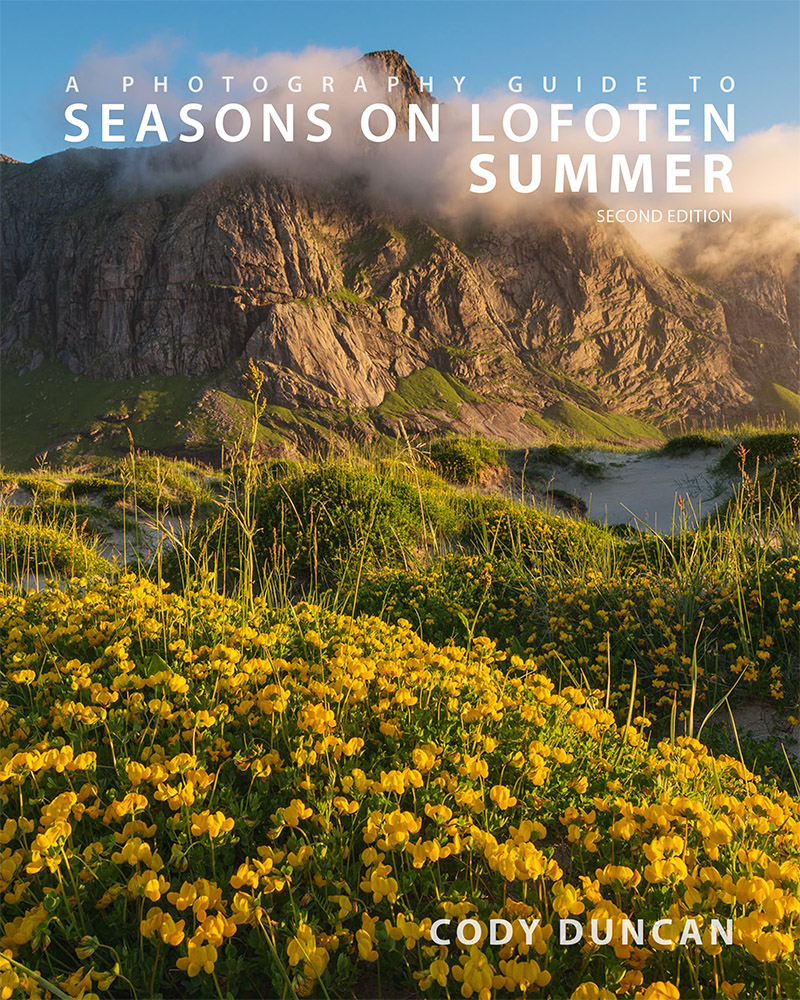Hiking the Kungsleden trail in autumn.

I hiked solo on the northern section of the trail for 10 days from September 16-26 2009. Here are a few FAQs and bits of info that may be useful to any travelers heading to the area at this time of year.
All the huts/Fjällstations/hostels along the trail are run by the STF (Svenska Turistföreningen) Swedish Tourist Association.
The STF website can be found here.
The Website will have all current info on opening/closing dates of the mountain huts, as well as some maps and other info such as services provided at each hut (ie. show up to Alesjaure a bit early and relax in the sauna)

The Huts are closed:
The huts close towards the end of September (19/9/2010). What this means is that there will be no staff on hand, no food can be purchased, and the gas stoves will be turned off.
At least on the northern section of the trail, between Singi and Abiskojaure, all of the huts have an ‘emergency’ room (säkerhetsrum) that can be used. These rooms vary in size and the number of beds available:
• Abiskojaure – 2 beds
• Alesjaure – 4 beds
• Tjäktja – 2 beds
• Sälka – 9 beds (big, pretty much a full size hut)
• Singi – 1 bed (enough room for 2 people on floor)
Access to the wood shed, a saw and axe should be available (though I couldn’t find a saw at Alesjaure) and all the shelters have wood burning stoves which provide plenty of heat after a cold, wet day on the trail. Water buckets for fetching fresh water, cooking and cleaning supplies are also provided. One or two toilets will also be left unlocked. There might be a small amount of leftover food available, but don’t depend on it. Be sure to bring enough for the entire trip.

Besides the proper STF huts, there are also several primitive shelters at several points along the trail. These typically consisted of a single room with wooden benches along one or two walls. Some have wood burning stoves, yet by the end of the season, there was no more wood available. Still, if the weather is bad, better to be inside and out of the wind, even if a little cold.
Weather:

My experience from September 2009 was of predominately cold weather and strong winds. Snow fell on several days and rain on the rest, so most of the snow that fell would be gone from the trail by the next day or two. The temperature dropped down to about -8˚ C on the coldest morning. While the average day was about 3-5˚ C. 7˚ C was the warmest day I experienced. From talking to others I seemed to get the impression that this was an unusually cold September, but one should be prepared for such conditions. It is the Arctic and any weather is possible.

Will I be alone?
Though the crowds of summer will be gone, one will not likely be totally alone on the trail. With the exception of one night at Singi, there was always one or more people at the hut each night and I would cross 1 or 2 groups on the trail each day heading in the opposite direction.
Transport:
The Kiruna-Nikkaluokta-Kiruna bus to the trailhead of Kebnekaise Fjällstation stopped running when the huts closed, which would be 19th Sept for 2010. There was a private taxi available, but for quite a fee. So if one is starting late in the season, it might be better to enter the trail at Nikkaluokta and head north to Abisko as opposed to the other way around – Which is what I did and ended up walking all the way back to Abisko again.
Access into and out of Abisko is not a problem, as the train runs year round. The Abisko Turiststation hostel closes on 26th of Sept, 2010, though there are several other possibilities for cheap accommodation in Abisko village, or just simply camp a little ways out of town.
The trail:

Even under 10-15cm of snow, the trail was alway easy to follow. The high point, Tjaktja pass, is rocky on the north side and without a proper ‘path.‘ It could be a bit tricky as the rocks are quite slippery and hard to see under a medium amount snow, though it is not a long distance between the pass and Tjaktja hut. The trail itself, as long as one has a map and knows how to navigate, would be hard to lose as it basically follows a series of valleys north to south. And there are a series of markers for the winter trail that are easily visible, though these do not always follow the proper summer route.


Why go in the autumn and not summer?
No mosquitos.
No crowds.
The color is amazing.
You like the cold.






























